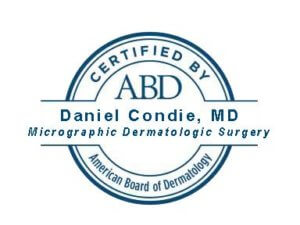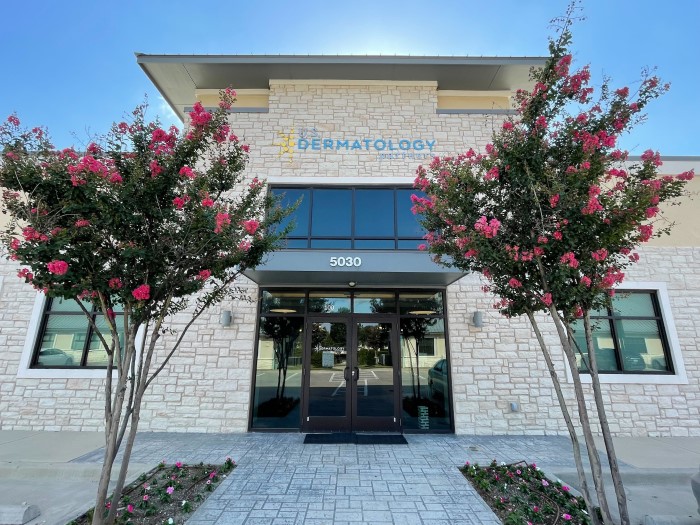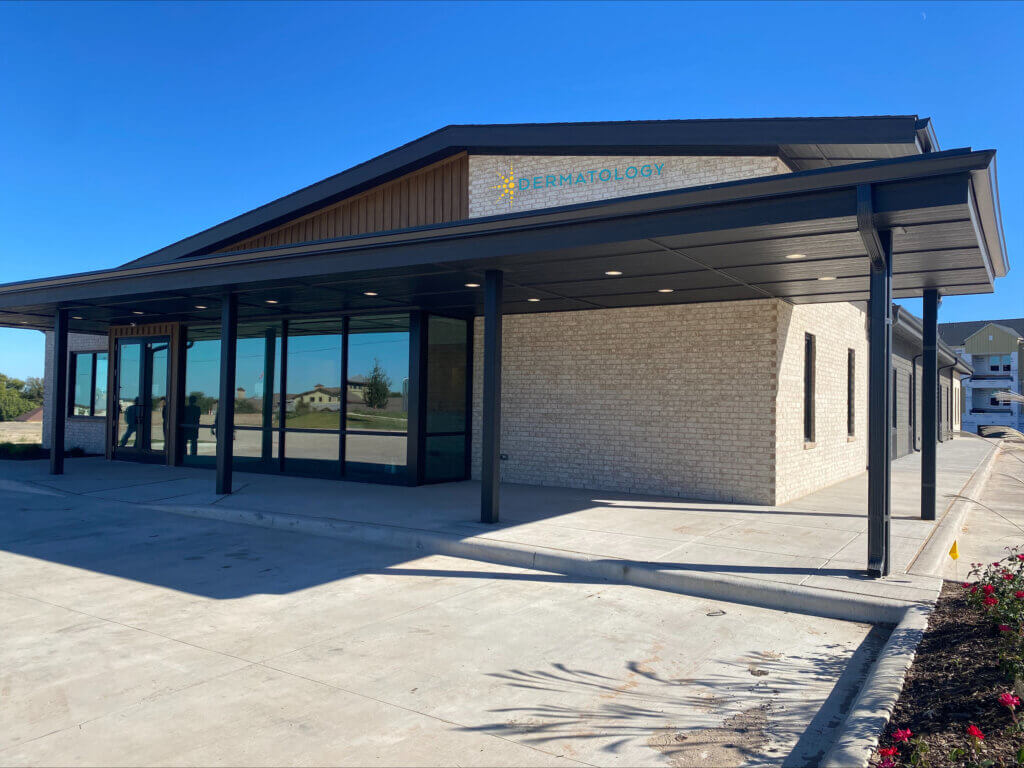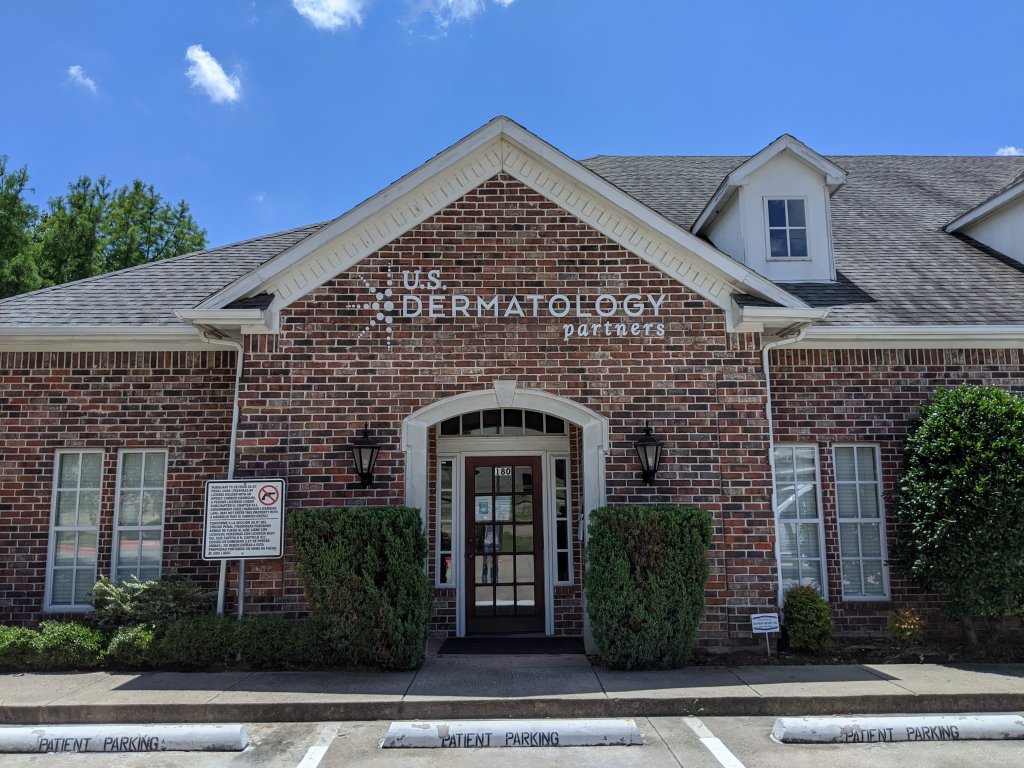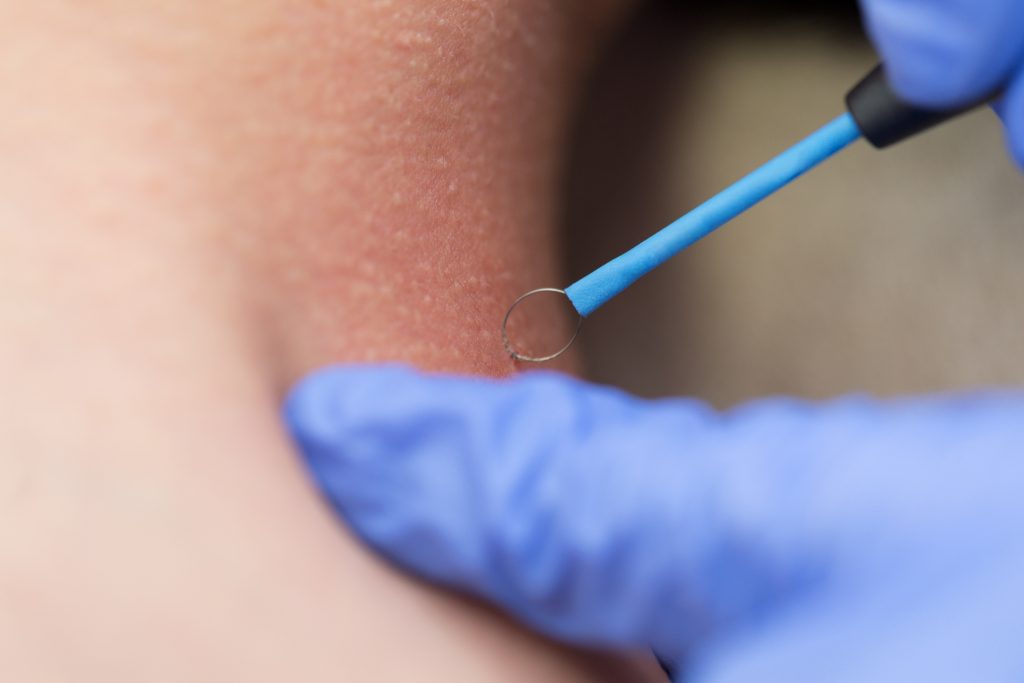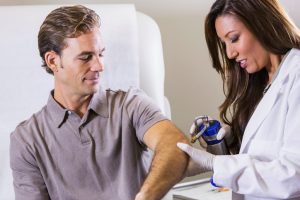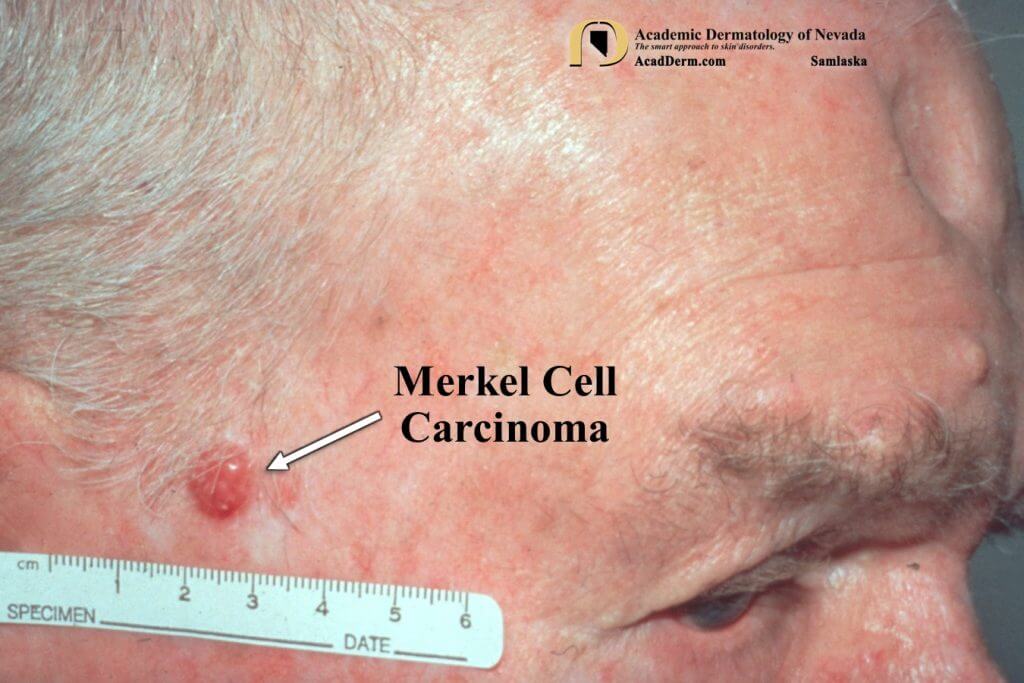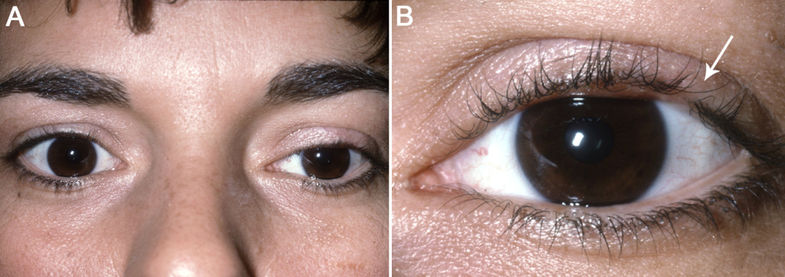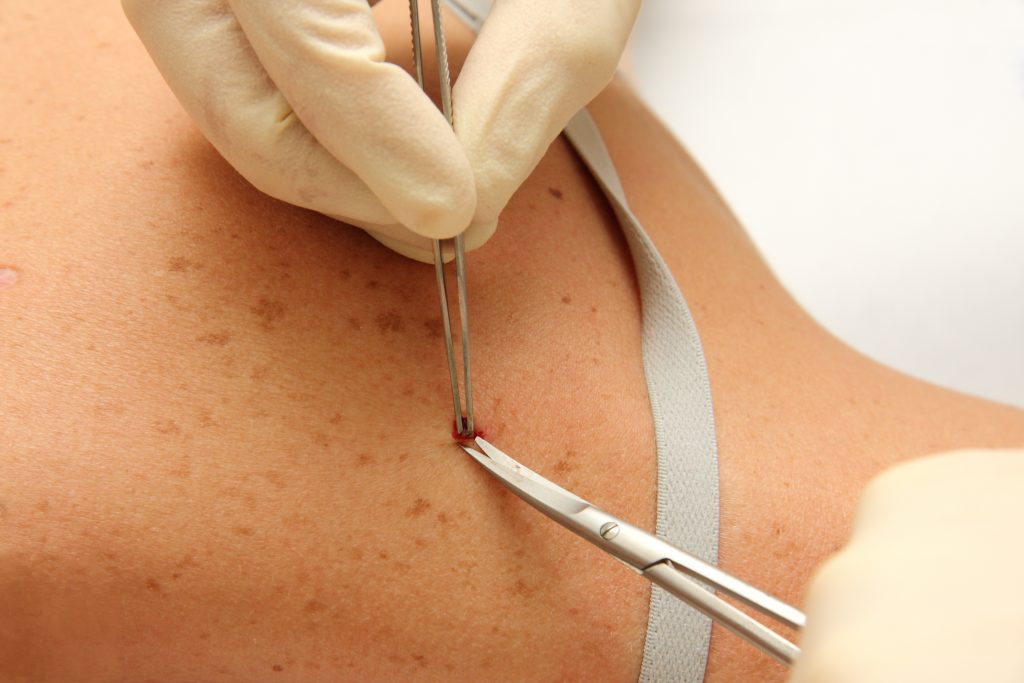Dr. Daniel Condie is a double board-certified dermatologist and micrographic dermatologic surgeon. He is fellowship-trained in Mohs and reconstructive surgery and specializes in the treatment of skin cancer.
Dr. Condie graduated summa cum laude from Brigham Young University, where he was named the top graduating student in general business and organic chemistry. He attended medical school at The University of Texas Southwestern Medical Center, graduating at the top of his class with a 4.0-grade point average. Dr. Condie was inducted into the Alpha Omega Alpha Honor Medical Society and was awarded the Excellence in Dermatology Award for his research contributions.
Dr. Condie completed his dermatology residency at The University of Texas Southwestern Medical Center. Following residency, he practiced as a general dermatologist for one year before seeking additional surgical training. He completed a fellowship in Micrographic Surgery and Cutaneous Oncology at the University of Mississippi Medical Center. Dr. Condie has published several articles in peer-reviewed journals regarding cutaneous oncology and facial surgery. He is a member of the American College of Mohs Surgery.
Dr. Condie lives in McKinney with his wife and five children and enjoys family, sports, and spending time outdoors.
Featured Blogs
- Super Doctors Recognizes 16 Dermatology Partners Physicians as Rising Stars in Peer-Nominated Award
- Protect Your Skin: Squamous Cell Carcinoma Explained
- U.S. Dermatology Partners Relocates Sherman Office to Expanded Facility
- Super Doctors 2023 Recognizes 43 U.S. Dermatology Partners Physicians in Peer-Nominated Award
- Identifying the Signs: What Does Melanoma Look Like?
- Texas Monthly Super Doctors 2023 Recognizes 18 U.S. Dermatology Partners Physicians as Rising Stars in Peer-Nominated Award
- Scar Prevention and the Stages of Wound Healing – When to See a Dermatologist
- Top 5 Skin Cancer Statistics You Should Know
- What Does Lip Cancer Look Like?
- Is Melanoma Curable?
- U.S. Dermatology Partners Welcomes Fellowship Trained Mohs Surgeon, Daniel Condie, MD to Plano & Sherman



